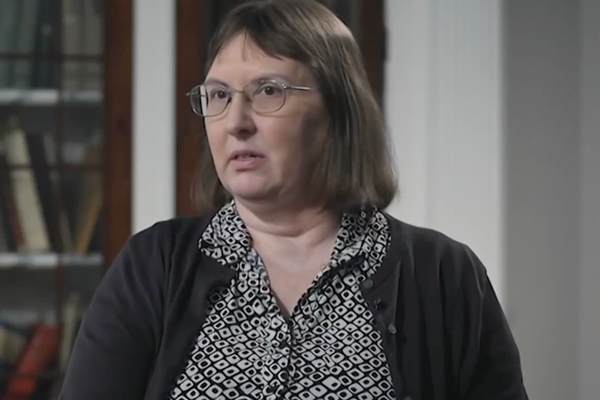
Teams such as Brentford and Brighton have to be smarter than their Premier League counterparts. They cannot match a lot of other clubs’ transfer budgets or wage structures but they have created incredibly successful models – as their positions in the table and player sales histories prove.
Brentford sit eighth and Brighton one place higher, above Liverpool, Chelsea and others who have spent far more. They are constantly evolving, always looking to the future. Their recruitment teams will have players identified in every position in case they sell someone for the right price.
Last summer Brighton sold Marc Cucurella to Chelsea for a fee that could reach £62m, a year after paying less than a third of that to sign him from Getafe. Moisés Caicedo and the World Cup-winner Alexis Mac Allister arrived from South America and have been linked with expensive moves for fees that would give Brighton a considerable profit. Brighton do not have a huge stadium or massive international shirt sales; they, like Brentford, are reliant on player sales to maintain the business model.
Brentford’s transfer success is equally prolific, shown by the strikers they have bought and sold. Neal Maupay and Ollie Watkins were carefully scouted and produced what was asked of them before being sold for large profits and replaced with a cheaper option.
The targets are generally identified through statistical analytics by the recruitment teams, who conduct in-depth research into what an individual could offer. The idea is to find someone who is undervalued or playing in markets that receive less focus from bigger clubs. Analytics are a valuable tool but at the same time I do like the old-school scout, going to matches to see how a player moves on the pitch and their characteristics. Not everything can be seen on a computer screen.
Brighton’s owner, Tony Bloom, and his Brentford counterpart, Matthew Benham, have clubs in other countries. Bloom has Royale Union Saint-Gilloise in Belgium’s top flight and Benham owns Midtjylland in Denmark. This expands their network and allows young signings to spend time in Europe to adapt and improve. For example, Frank Onyeka had five years at Midtjylland after arriving from Nigeria before being sold to Brentford.
It is nothing new to allow young players to get experience abroad but it does help. William Saliba moved to Arsenal in 2019 but it took him three loans back in France before the club felt he was ready for the Premier League. That time was well spent because he has seamlessly moved into central defence this season to help Mikel Arteta’s side to the top of the league.
Targeting young players who can improve and increase in value is a key part of the strategies at Brighton and Brentford but those clubs are not rigid. Brentford signed Ben Mee in the summer on a free, knowing what he can bring not just in terms of his defending but his experience in the Premier League and character in the dressing room. Brighton did similar with Danny Welbeck and he has been a great success since arriving from Watford.
To make such structures work, everyone has to buy in to the concepts. If a head coach and the recruitment team disagree on what is needed it will fall apart. When the players arrive, their skills need to be honed and that work needs to be done by the coaches.
At Brighton, everyone was really worried when Graham Potter went to Chelsea. He did a magnificent job there but the club had a contingency plan. They also made sure Potter was on a very good contract so that when someone did want to hire him, it would cost them money.
Brighton brought in Roberto De Zerbi, who understands the model and what they are working towards but has added his own twists. They have gone a bit more direct and looked more clinical – all this would have been part of the plan. If they picked the wrong head coach the structure would be at risk of falling apart.
Looking at the success of Brighton and Brentford in the market, I wonder why their richer rivals are unable to unearth these players, rather than paying considerably more for them a few years later.

Benfica’s conveyor belt of stars is ruthlessly efficient. They signed Darwin Núñez from Almería and quickly turned him into a £85m Liverpool striker. Enzo Fernández arrived from River Plate last summer for £7m and has since won a World Cup and attracted interest from Chelsea, who were willing to pay big money for him. Borussia Dortmund are another club who make good decisions on when to buy and, more importantly, when to sell to bring in profits on Jadon Sancho, Erling Haaland and, sooner or later, Jude Bellingham.
There are deals to be done if recruitment staff are smart enough. Club owners are businesspeople and do not want to pay over the odds on anything. If someone bought a house and found out they could have paid 80% less six months earlier, they would be fuming. They would realise the need to research the market more diligently to be more efficient.
Brentford and Brighton have set the standard for others to follow, although it is not as simple as using stats. Their strategies are complex and forever evolving to keep them one step ahead. The playing field is not equal but, through clever thinking and hard work, levelling up is not impossible.







